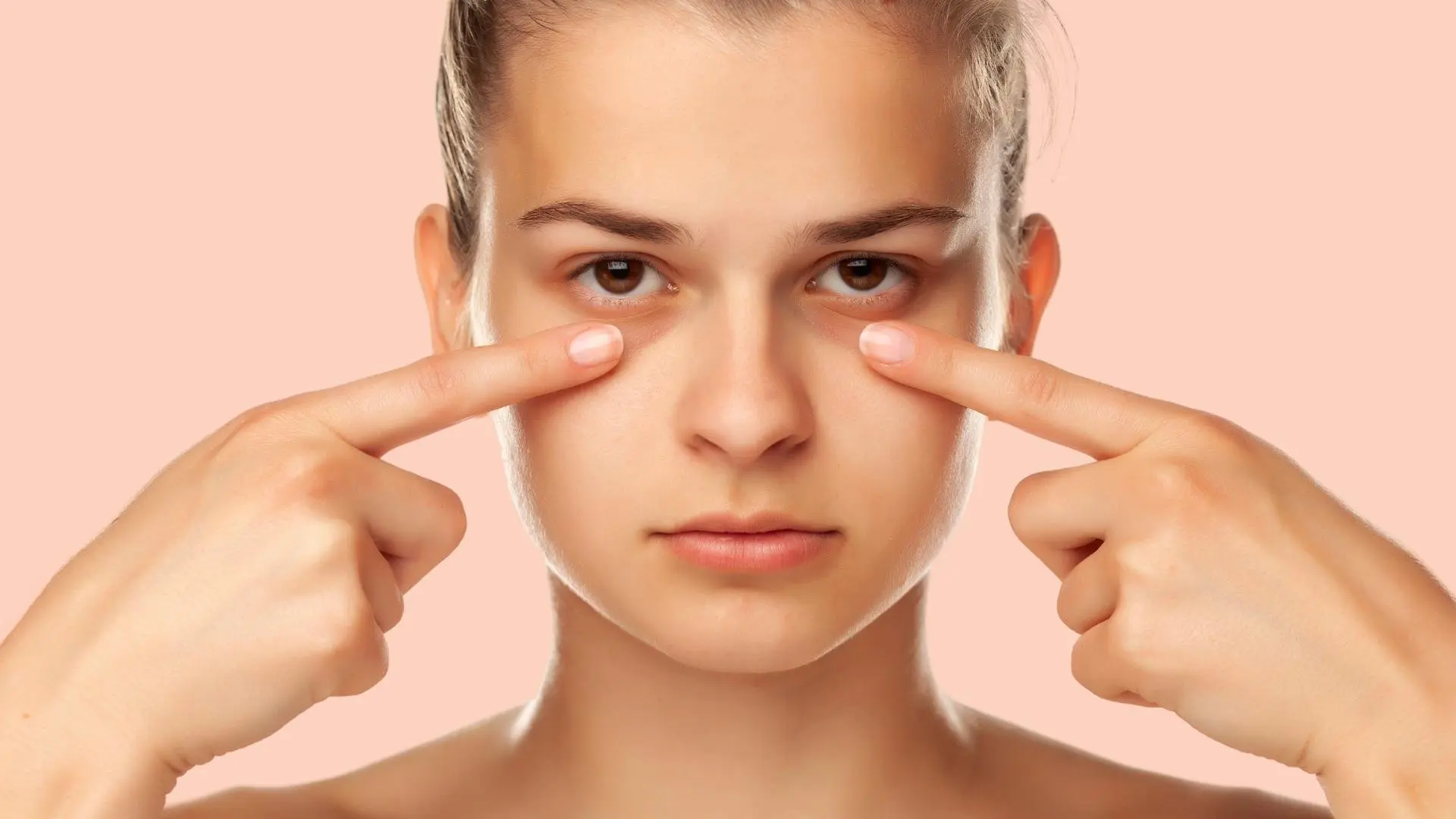
Key takeaways:
- A brown spot in your eye, or brown nevus, is caused by an accumulation of melanocyte cells producing melanin.
- Common causes of brown spots include genetics, UV exposure, hormonal changes, and environmental factors.
- Types of brown spots range from benign nevi to potentially serious conditions like melanoma.
- It’s important to differentiate between benign and malignant spots through regular eye examinations.
- Changes in color, size, or texture, as well as symptoms like blurred vision, may require immediate medical attention.
- A comprehensive eye exam, including tests like OCT and fluorescein angiography, helps assess brown spots.
- Early detection through annual eye exams is crucial for better health outcomes regarding brown spots.
- Home remedies for treating brown spots lack scientific backing and may mask serious conditions; professional consultation is advised.
- Medical treatments for concerning brown spots may include cryotherapy, topical treatments, or surgical excision.
- Laser surgery and advanced diagnostic techniques are emerging as effective treatment options for managing brown spots.
- Positive perspectives on brown spots can enhance mental well-being, viewing them as unique features rather than flaws.
- Protecting eyes from UV exposure and maintaining a diet rich in antioxidants supports overall eye health.
- Consulting with both ophthalmologists and dermatologists ensures comprehensive care for eye and skin concerns.
What Is a Brown Spot in Your Eye and Why Is It There?
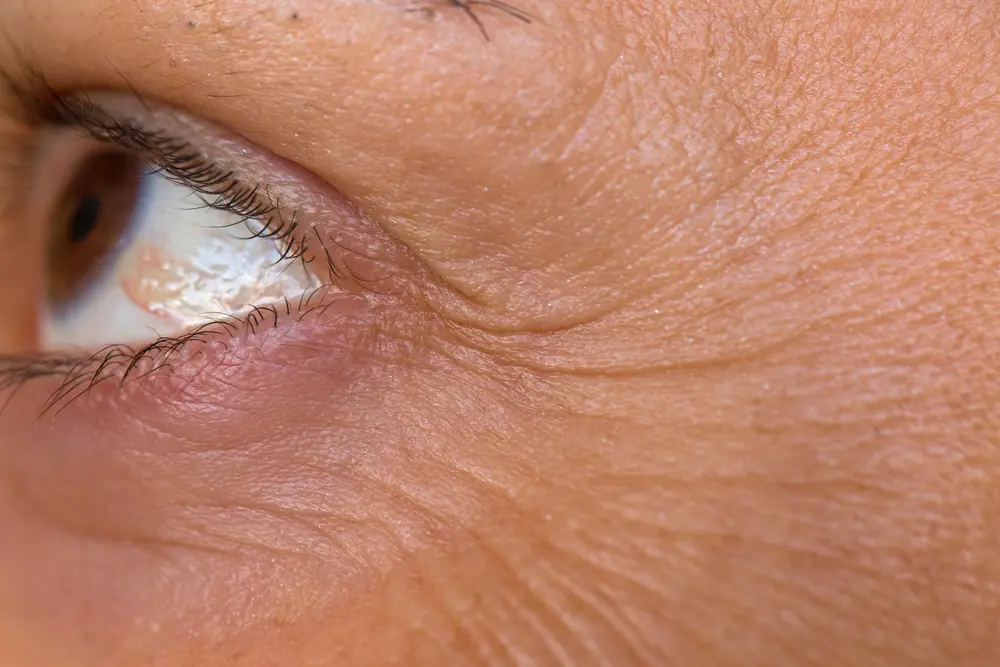
The Science Behind Brown Spots ─ What Causes Them?
A brown spot in your eye, often referred to as a “brown nevus,” is essentially an accumulation of pigment-producing cells, known as melanocytes, that are located within the ocular tissue. These cells produce melanin, which gives color to our skin, hair, and eyes.
The most common cause of a brown spot is an increase in the number of melanocytes in a localized area, leading to the formation of a mole or nevus. Factors contributing to this phenomenon can include genetic predispositions, UV exposure, hormonal changes, and various environmental factors.
Because the eye is sensitive to changes in pigmentation and cellular behavior, any abnormal growth of melanocytes may manifest as a brown spot, which typically appears flat and is not usually associated with discomfort.
Different Types of Brown Spots ─ Birthmarks, Nevi, and More
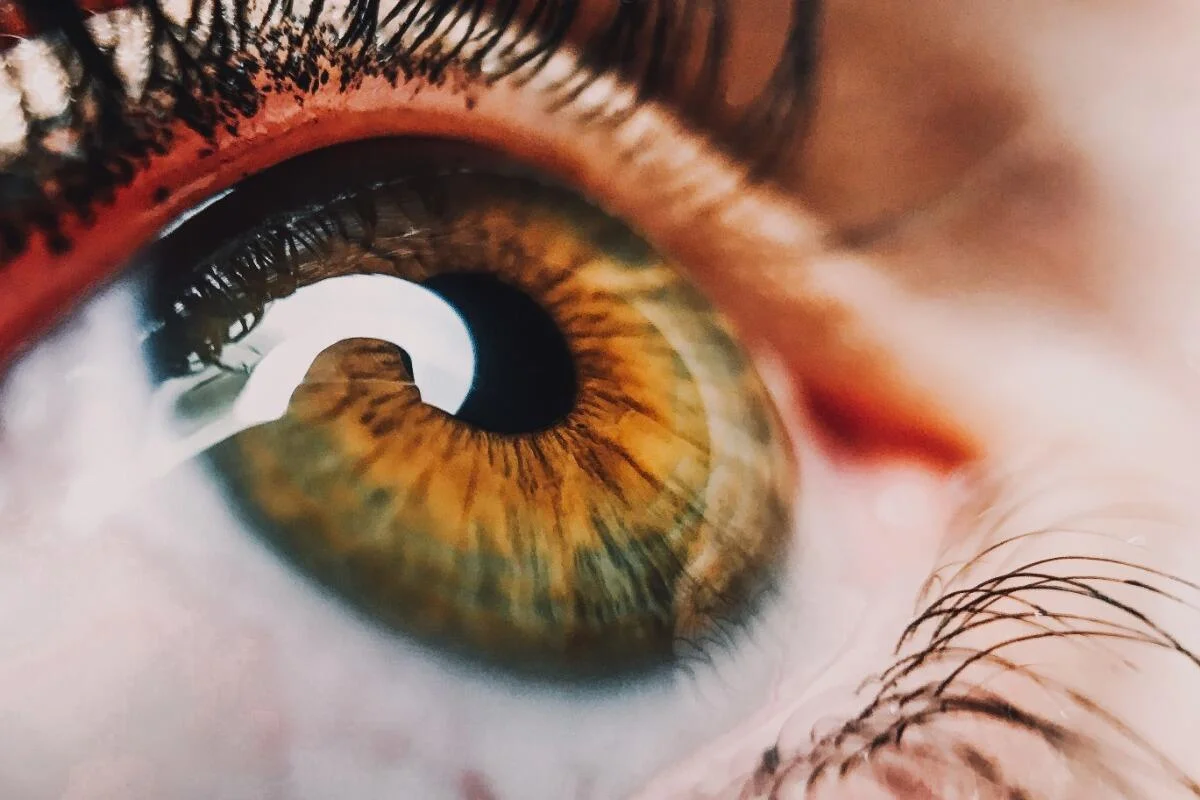
Brown spots in the eye can vary in type and significance. The most common types include simple nevi, which are benign and similar to beauty marks on the skin. Congenital melanosis is another type, which is present at birth. It can manifest as a stable, flat brownish spot on the conjunctiva or sclera.
Additionally, some brown spots may be indicative of more serious conditions such as melanoma, a type of eye cancer that can arise from these melanocyte accumulations. It is crucial to differentiate benign nevi from malignant growths to understand the implications they may have on one’s health.
The differentiation is typically based on specific criteria such as size, color saturation, borders, and changes over time, hence the importance of regular eye examinations.
Is It Normal? Debunking Myths About Eye Brown Spots
Many people are concerned when they notice a new brown spot in their eye, thinking it may be an indication of a serious issue or disease. However, it’s essential to understand that brown spots can be completely normal.
Myth-busting is crucial here; many believe that every brown spot warrants immediate fear or drastic measures, but not all spots signify a health concern. In fact, just like freckles or moles on the skin, many brown nevi in the eye are harmless and can even be quite common.
However, it is essential to remain vigilant: if the brown spot changes in appearance or begins to affect your vision, seeking professional evaluation is advised. Emphasizing education on this topic can help alleviate unnecessary anxiety surrounding such occurrences.
Should You Be Concerned? Symptoms That Require Attention
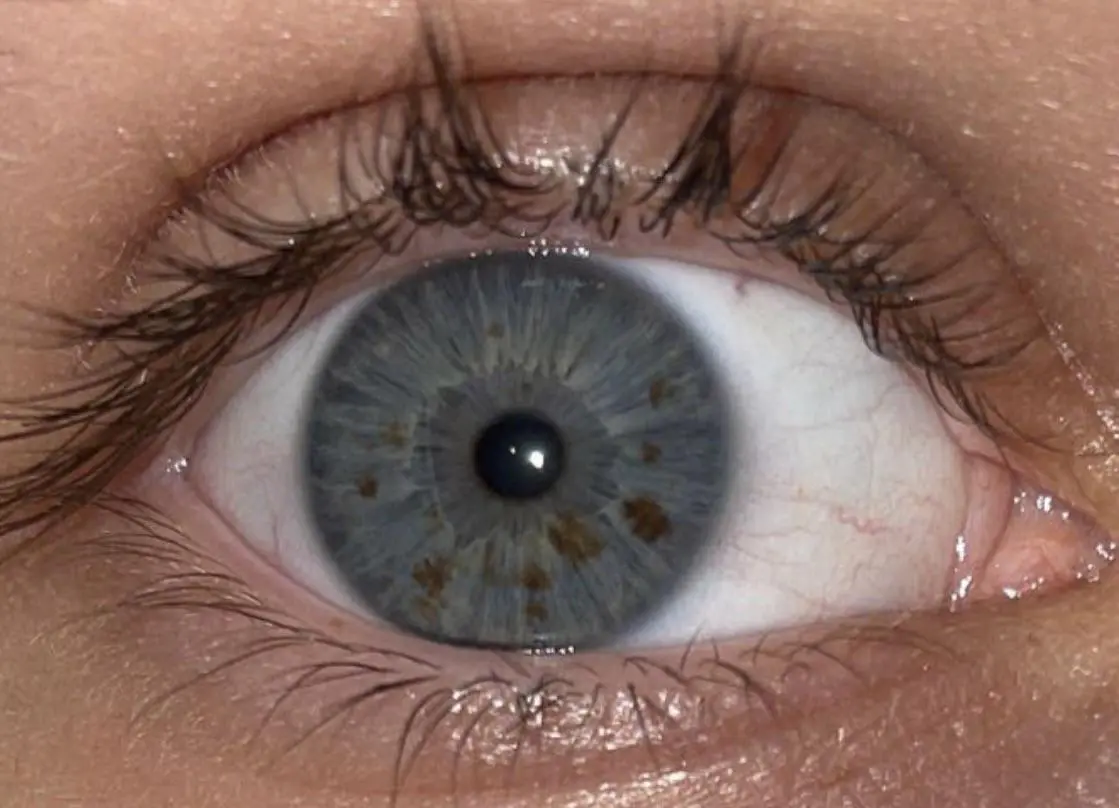
When a Simple Spot Turns Serious ─ Warning Signs to Look For
While many brown spots are benign, certain symptoms necessitate immediate attention. Significant changes in color, texture, or size of the brown spot can indicate the possible progression towards malignancy. Other warning signs to look out for include blurred vision, sudden onset of flashes or floaters, or any associated discomfort.
In some cases, a brown spot may be accompanied by a visual field loss, which could indicate pressure on the optic nerve or possible retinal issues. These symptoms should not be taken lightly; they warrant consultation with an ophthalmologist, who can perform a thorough eye examination, including optical coherence tomography (OCT) and fundus photography, to assess the health of the retina and detect any underlying issues.
Diagnosing the Unknown ─ What Tests Can Reveal
Diagnosing the nature and implications of a brown spot involves a series of specialized tests conducted by an eye care professional. A comprehensive eye exam typically begins with a visual acuity test followed by a dilated eye exam, which allows the doctor to get a closer look at the retina and any potential abnormalities.
Fluorescein angiography may be utilized to assess blood flow in the retina, while ultrasound biomicroscopy can provide detailed imaging of intraocular structures. These diagnostic tools help differentiate between benign nevi and potentially harmful lesions, establishing a clear treatment plan if required.
Furthermore, genetic testing may be considered for high-risk individuals, as some forms of ocular melanoma can have hereditary components.
Risks vs. Rewards ─ Understanding the Importance of Early Detection
The importance of early detection cannot be overstated, particularly regarding eye health. Regular eye exams, ideally once a year, play a crucial role in monitoring any changes in existing spots or detecting new growths. Early intervention can lead to better prognoses, especially if a spot turns out to be malignant.
Understanding one’s family history of ocular or skin cancers, alongside awareness of personal risk factors such as sun exposure or skin tone, can inform proactive health strategies.
Awareness campaigns often stress the balance between concern for one’s health and the acceptance of individual differences that come with aging and life experiences. A mindful approach can transform fear into knowledge, allowing individuals to better advocate for their eye health.
Treatment Options ─ From Natural Remedies to Professional Care
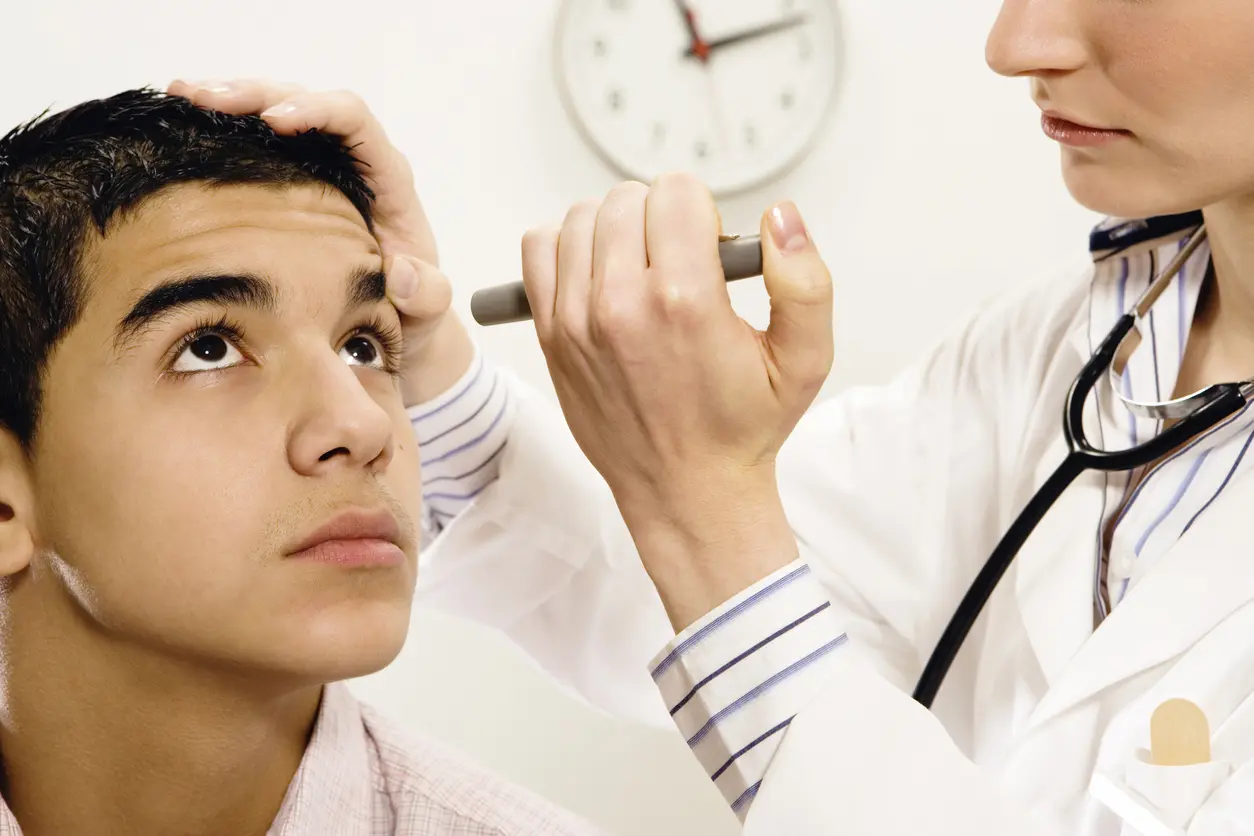
Home Remedies ─ Can You Treat Brown Spots Yourself?
While numerous products on the market claim to reduce pigmentation, it is essential to approach the treatment of brown spots with caution, especially when it comes to home remedies. Common suggestions include the use of lemon juice, aloe vera, and apple cider vinegar, known for their natural acid content, which some believe can lighten spots over time.
However, individual results vary, and efficacy is not scientifically proven. More importantly, attempting to treat a brown spot without understanding its nature could mask a serious condition. Consulting with a healthcare professional before undertaking any treatment at home is paramount.
Moreover, some dermatological and ophthalmic signs might require specialized treatment that home remedies won’t adequately address.
Medical Treatments ─ What Are Your Options?
If a brown spot is determined to be more than a benign nevus, a variety of medical treatments may be available depending on the diagnosis. Common options include cryotherapy, where liquid nitrogen freezes the affected tissue, and various topical treatments that aim to inhibit melanocyte proliferation.
In some cases, surgical excision may be necessary if the brown spot is suspicious for melanoma or if it creates cosmetic concerns. Oculoplastic surgeons specializing in these conditions can guide patients through the options, highlighting benefits, risks, and recovery expectations. Continuous monitoring is often recommended post-treatment to ensure no new spots develop, further solidifying the need for routine eye exams.
Laser Surgery and Beyond ─ Cutting-Edge Solutions Explained
Advancements in technology have led to cutting-edge solutions for managing brown spots, including laser surgery.
This technique utilizes specific wavelengths of light to target and break down excess melanin in the lesion while preserving surrounding tissue. Techniques such as Q-switched lasers and intense pulsed light therapies (IPL) have garnered popularity for their minimally invasive nature and the relatively quick recovery time they offer.
Emerging technologies in diagnostic imaging and targeted therapies continue to evolve, making it vital for patients to stay informed about innovative treatment options that may arise. Continuous discussions with an ophthalmologist can ensure individuals are considering the safest and most effective modalities suitable for their unique circumstances.
Living with a Brown Spot ─ Lifestyle Changes and Perspectives
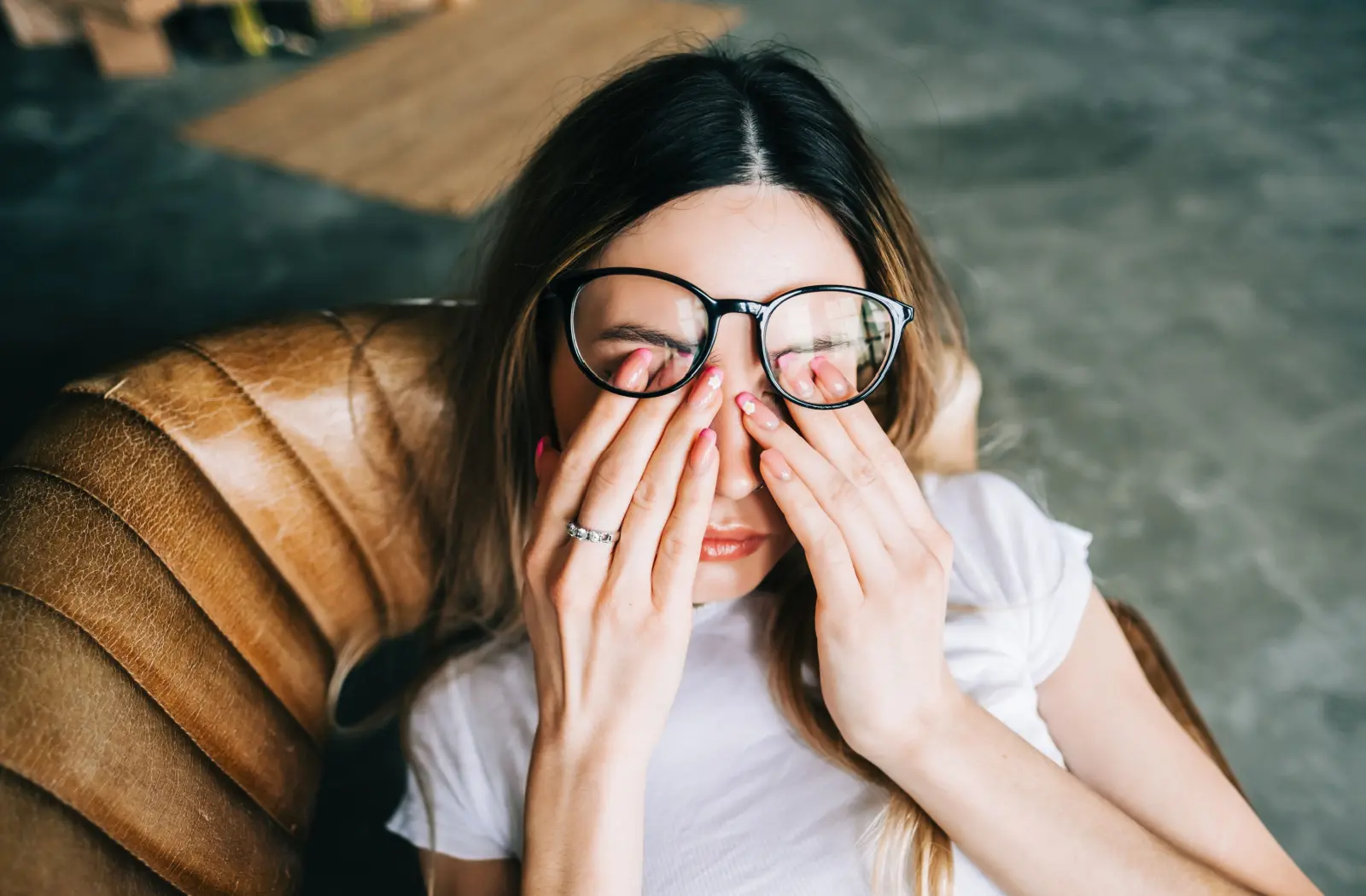
Embracing Uniqueness ─ How to View Your Brown Spot Positively
Living with a brown spot can often evoke mixed feelings, but adopting a positive perspective can be liberating. Just as birthmarks or freckles are often celebrated as unique markers of individuality, brown spots in the eye can also be viewed through that lens. Fostering a sense of acceptance about one’s appearance can contribute to mental well-being.
Many people share stories of overcoming insecurities related to visible spots, emphasizing that these features define one’s personal narrative rather than diminish it. Engaging in discussions and communities that normalize diversity in physical features can also help reshape perceptions around beauty, fostering a broader appreciation of individual uniqueness.
Protective Measures ─ Keeping Your Eyes Healthy in the Sun
Taking proactive measures to maintain overall eye health is a critical aspect of caring for yourself, especially in relation to brown spots. UV exposure is a well-documented risk factor for increased pigmentation and potential malignancies. Hence, wearing sunglasses with broad-spectrum UV protection when outdoors is essential.
In addition to sunglasses, hats with brims provide another layer of protection. Moreover, integrating a diet rich in antioxidants and Omega-3 fatty acids can further bolster overall eye health. Regular eye exams and discussions about lifestyle approaches with your eye care professional not only reinforce healthy habits but can also build long-term strategies for managing any concerns that arise.
When to Seek Support ─ Finding the Right Specialists
Finding the right medical support is critical in navigating concerns about brown spots. Starting with your primary care physician is often a good first step. However, establishing a relationship with an ophthalmologist who specializes in retina and ocular oncology may provide more focused expertise necessary for assessment and treatment.
Additionally, consulting with dermatologists for skin-related concerns can sometimes complement ocular examinations by evaluating conditions that may affect both skin and eyes. Holistically approaching care with a clear channel of communication among practitioners can ensure comprehensive management of the condition, addressing both physical and emotional health needs.













